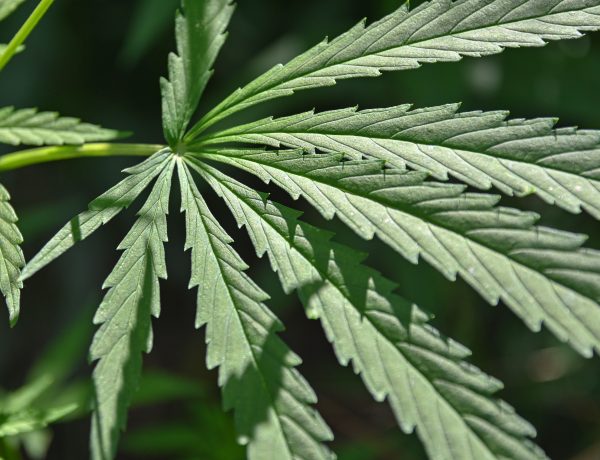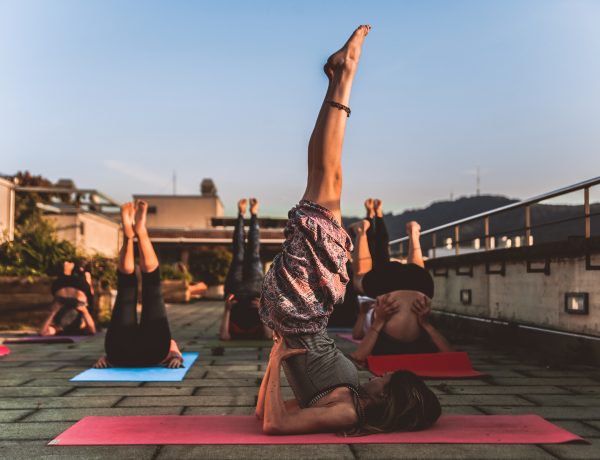Today we want to talk about healthy lifestyle trends being applied in the the shower. Showering is a staple of day to day life. As healthy lifestyle trends slowly become commonplace, there is no reason for you not to implement them in your shower routine.
Many of the items in our bathroom are essential to us. Our shampoos, soap, towels, toothbrush and toothpaste, amongst others! But as it stands, many commercial products might not be the best for you.
For the last few years, we have seen a massive influx of products and trends that promote a healthier lifestyle. And these trends extend to what you use in the shower as well.
Let’s take a look at some of the best healthy lifestyle swaps you can make for your shower routine.
Soap Savers
Soap savers come in so many forms. Bags, trays, dishes, and more. Regardless of what type you use, these handy accessories can make your soap last longer and fare better.
Some of the best soap savers are those that come in a bag. A soap saver bag can act as an alternative to plastic loofahs which are terrible for the environment.
Plus, using a soap saver will make it easier for you to exfoliate and not waste any soap. It’s also great for people who no longer want to use liquid soap in plastic bottles. It’s a pretty similar experience to using a loofah, but without unnecessary waste.
If you want more information, Laura from Puratium has a detailed article on what is a soap saver and why you should get one for yourself. Puratium is a digital brand focusing on topics like zero waste, vegan, and eco-friendly brands. We suggest you check them out.
Shampoo/Conditioner Bars

Photo by FitNish Media on Unsplash
Shampoo and conditioner bars are no longer new in the sustainable lifestyle scene. These bar options to conventional liquids were some of the first trendy yet sustainable bath products.
Still, they remain relevant today. And for good reason! Shampoo and conditioner bars are a great way to revitalize your hair after years of using traditional liquid shampoos that have plenty of chemicals like sulfates.
They also last much longer and are more environmentally-friendly. Just think of all the plastic you’ve already thrown away in the form of shampoo and conditioner bottles.
It might be challenging to make the switch at first. Some users report ending up with tangled hair and a soapy buildup in their hair. It might take some getting used to, but there are ways to mitigate these effects, like using an apple cider vinegar solution from time to time.
It also helps to cut up the bar into more manageable pieces! It’s much easier to hold and lather a half bar than it is a huge bar.
Everybody works differently, and it might take some time before you finally find the bar that’s best suited to your hair. Regardless, with the numerous options available today, you’re sure to find something that suits you.
Bamboo Towels

Photo by on Pexels
Ah yes—your bathroom towel. It may be something we underappreciated in our daily showering ritual, but bathroom towels really do matter.
Bath towels are usually made out of cotton, an energy-intensive crop that requires a lot of water and pesticides to grow. Not to mention all the chemicals to treat it and turn it into a textile.
Bamboo towels have recently gotten better rep because they’re soft, have antimicrobial properties, and they can absorb water pretty well! They can also ward off bad odors, so you don’t need to worry much about your towel smelling funky.
The great thing about using a bamboo-based material is that it comes from a plant that is so easy to grow! Unlike cotton, which uses up a lot of resources, bamboo isn’t that difficult to care for and does not need pesticides. Because they don’t have as many chemicals as a regular cotton towel, they’re also friendlier to sensitive skin.
Be wary though, the fact that it comes from bamboo doesn’t mean it was sourced sustainably and ethically. Try to find a bamboo towel that’s sourced fair trade and with as little carbon footprint as possible.
Zero Waste Floss (Compostable Floss)
Floss is one of the things we wouldn’t expect to have a zero waste or sustainable alternative. After all, floss works by you using a little bit and throwing it out right after. Surprisingly, there are plenty of better floss alternatives out there! Floss is commonly made out of plastic while also packaged in plastic. All in all, it makes for a pretty wasteful product.
In contrast, zero waste floss usually come in glass containers and feature floss that is plastic-free and compostable. Most compostable floss is made from plant fibers such as bamboo or corn, making these products vegan and cruelty-free. Another common way of making compostable floss is using silk. This method is not vegan, but it is still compostable.
You can also get compostable floss in charcoal-infused and flavored minty versions. They’re not much different from your regular floss, so they’re a great and easy swap to make.
Toothpaste Tablets
Most of the toothpaste we know of comes in plastic tubes that are pretty wasteful. Millions of these plastic tubes end up the landfill since they’re difficult to recycle.
Toothpaste tablets or pills are an excellent alternative. They are light, perfect for traveling, and they still keep your mouth fresh and teeth healthy. Plus, they also have a smaller carbon footprint since they don’t have water, which makes them easier to transport.

Photo by on Pexels
You don’t have to sacrifice dental health for sustainability too. There are many toothpaste tablets available that have fluoride in them if you are looking for that particular ingredient. On the other hand, if you are adamant about using a toothpaste without fluoride, you also have plenty of options available.
Since these toothpaste tabs usually come in glass containers, they are easy to recycle and you don’t need to leave plenty of waste behind just to get your teeth clean.
Reusable Q-tips
Q-tips are small and we might not think they leave a lot of waste behind, but they do. Given the disposable nature of these hygiene products, they contribute to the growing plastic problem we have.
As an alternative, you can use reusable Q-tips instead. You’re probably thinking that it’s a bit weird to reuse these cotton tips. But with proper cleaning of your reusable Q-tip, it’s not really that big of a deal.
Reusable Q-tips are made out of silicone. Unfortunately, they’re not plastic-free yet, but it’s a great start!
These reusable swabs are great for use in make-up and cleaning your outer ear. But you should not use them on your ear canal! They’ll just push ear wax further into your ear canal and cause a blockage.We hope these ideas will give you some inspiration, if you have any questions please do not hesitate to reach out!
Read more lifestyle articles at ClichéMag.com
Images provided by Creative Commons, Flickr, Unsplash, Pexels & Pixabay




